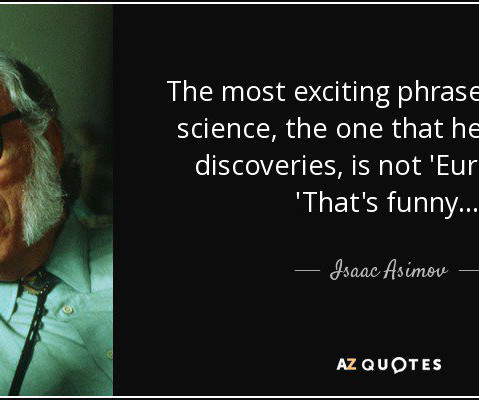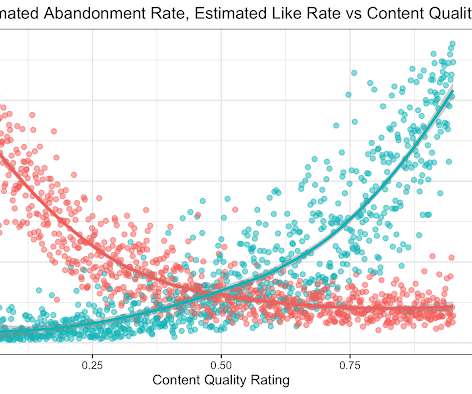Three Emerging Analytics Products Derived from Value-driven Data Innovation and Insights Discovery in the Enterprise
Rocket-Powered Data Science
JULY 19, 2023
I recently saw an informal online survey that asked users which types of data (tabular, text, images, or “other”) are being used in their organization’s analytics applications. This was not a scientific or statistically robust survey, so the results are not necessarily reliable, but they are interesting and provocative.




















Let's personalize your content